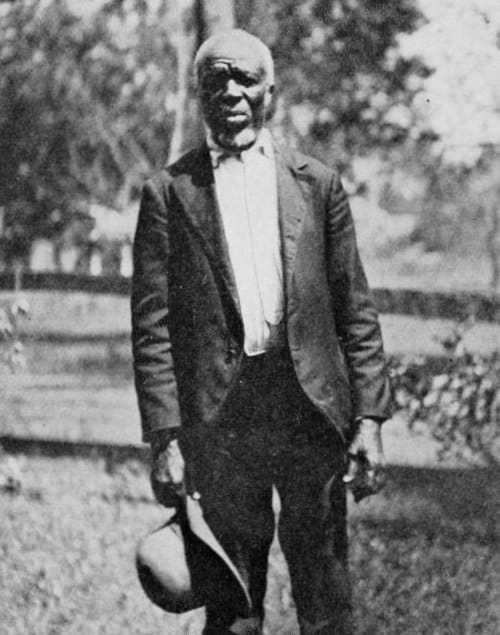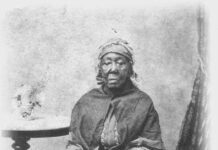Kossola/Cudjo Lewis: Significant bravery of the last survivor of slavery
Cudjo Lewis (1841–1935) also known as Kossola, was the third-to-last adult survivor of the Atlantic slave trade between Africa and the Americas. Together with 115 other African captives, he was brought to the United States on board the ship Clotilda in 1860. The captives were lashed in the backwaters of the Mobile River near Mobile, Alabama, and hidden from authorities. The ship was scuttled to evade discovery and remained undiscovered until May 2019.
He was born in what is now Benin (West Africa) and belonged to the Yoruba ethnic group, specifically the Tarkar people, a subgroup of the Yoruba.
Lewis’s father was Oluwale (or Oluale), and his mother was Fondlolu; he had five full siblings and twelve half-siblings through his father’s other two wives.
“Cudjo Lewis” was the name given to him after enslavement in the United States.
“Kossola” was his original African name, which he proudly used in later life.
Capture and Enslavement
Around age 19, Kossola was captured in a raid by the Dahomey Kingdom, which was known for selling war captives to European and American slave traders.
He was sold into slavery and transported to the U.S. aboard the Clotilda in 1860 — 52 years after the transatlantic slave trade was officially banned in the U.S.
READ ALSO: Lina Medina: Youngest confirmed mother in history at age 5
Life in America
Enslaved in Alabama, he worked until the end of the Civil War when slavery was abolished.
After emancipation, he and other survivors of the Clotilda founded Africatown (near Mobile, Alabama), a community where they tried to maintain African customs, language, and culture.
He lived there for the rest of his life.
Historical Legacy
Interviewed by several researchers, most notably Zora Neale Hurston, in the 1920s.
Hurston’s interviews were compiled in a book titled “Barracoon: The Story of the Last ‘Black Cargo”, which wasn’t published until 2018 due to controversy over her use of his dialect.
Kossola/Cudjo Lewis is a powerful symbol of resistance, memory, and cultural survival.
Cudjo Lewis died on July 17, 1935, and was buried at the Plateau Cemetery in Africatown. Since his death, his status as one of the last survivors of the Clotilda and the written record created by his interviewers have made him a public figure in the history of the community.
In 1959, a memorial bust of Lewis was erected in front of Africatown’s Union Missionary Baptist Church atop a pyramid of bricks made by the Clotilda captives. It was made on behalf of the Progressive League of Africatown.
Notable Quote from Cudjo Lewis:
“We thank de Lawd we free now. We doan belong to nobody no mo’. We’s our own man.”
In old age, Kossola preserved the experiences of the Clotilda captives by providing accounts of the group’s history to visitors, including Mobile artist and author Emma Langdon Roche and author and folklorist Zora Neale Hurston.
He lived to 1935 and was long thought to be the last survivor of the Clotilda, until historian Hannah Durkin identified two longer-lived Clotilda survivors, who made the voyage as children: Redoshi, who died in 1937, and Matilda McCrear, who died in 1940.
Follow the Neptune Prime channel on WhatsApp:
Do you have breaking news, interview request, opinion, suggestion, or want your event covered? Email us at neptuneprime2233@gmail.com





